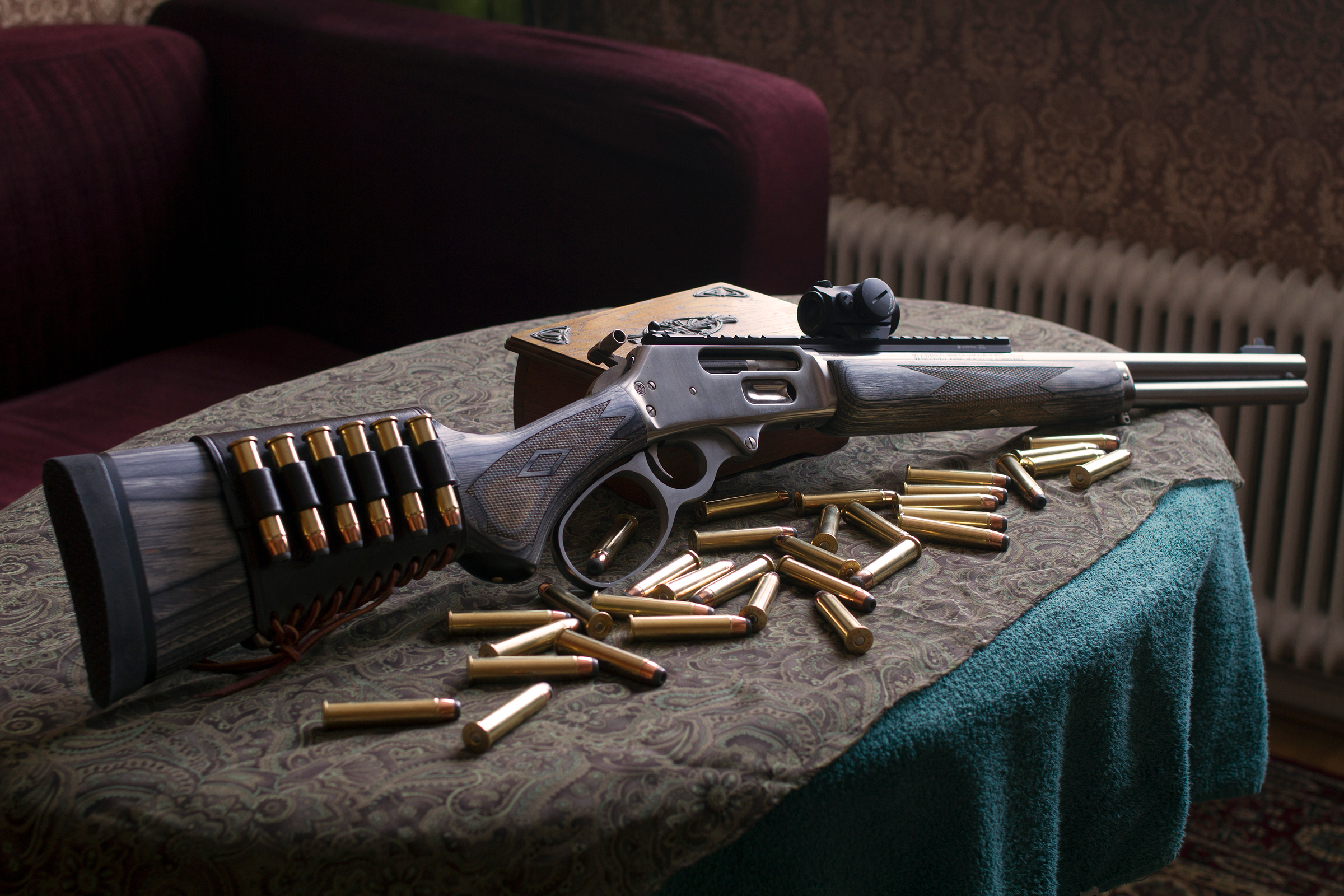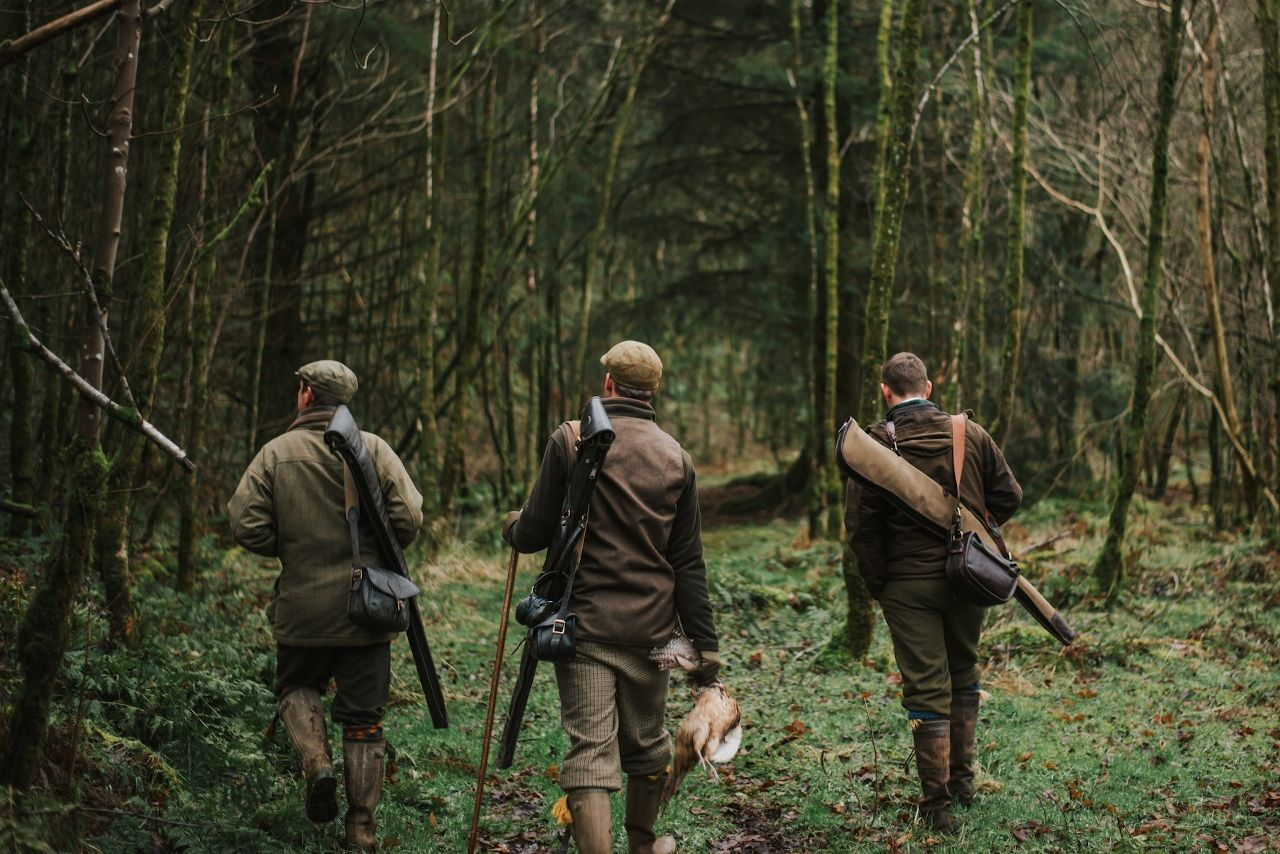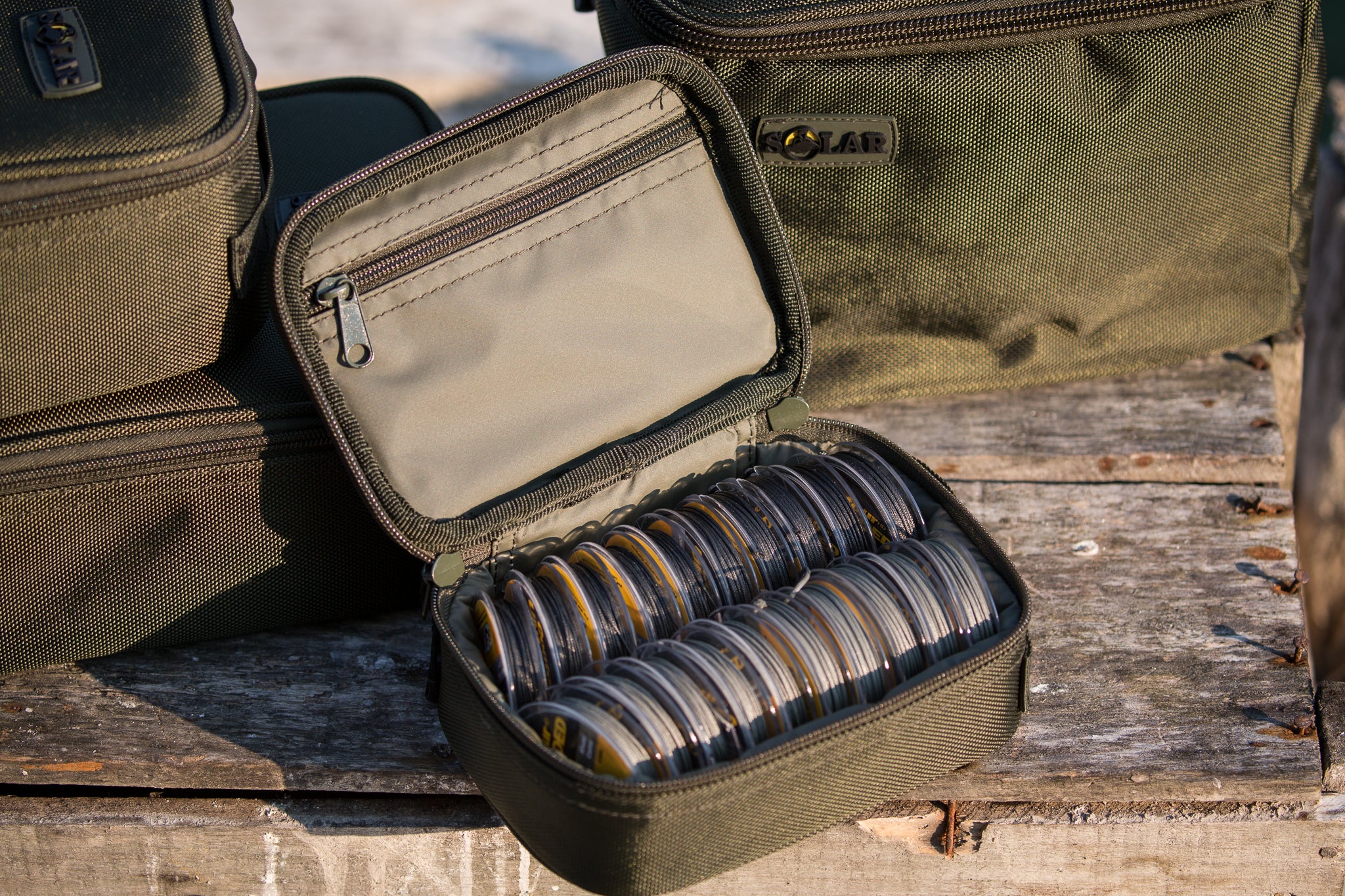How to Choose the Right Rifle Sling for Comfort and Stability?
A rifle sling is more than just a way to carry a rifle — it’s an essential tool that affects comfort, control, and accuracy. The right sling reduces fatigue on long hunts, stabilizes your shots, and keeps your rifle secure during movement. This guide walks you through everything you need to know to choose a sling that fits you, your rifle, and how you use it.
How to Choose the Right Rifle Sling for Comfort and Stability?
Why the sling matters: comfort vs. stability?
A sling has two main jobs:
-
Comfort: Let you carry a rifle for hours without shoulder pain or chafing.
-
Stability: Provide a consistent, repeatable anchor to steady the rifle for accurate shots.
Different slings prioritize these differently — your job is to match the sling’s strengths with your priorities (long treks, precision shooting, tactical movement, etc.).
Quick decision flow (one-minute version)
-
Do you need carry comfort (long hikes)? → choose a wide padded two-point sling or harness.
-
Need fast weapon manipulation (tactical/airsoft)? → consider single-point or lightweight two-point QD slings.
-
Need maximum shooting stability (precision/prone)? → use a two-point sling set up as a shooting sling or a three-point when you need both carry and stability.

Sling types — what they do, pros and cons
Two-point sling
-
How it attaches: Front and rear sling mounts.
-
Pros: Best for stable shooting positions (wraps around arm), comfortable for carry, simple.
-
Cons: Slower weapon retention transitions than single-point for some users.
Single-point sling
-
How it attaches: One mount (usually near receiver).
-
Pros: Extremely fast to swing rifle to ready, good for close quarters movement.
-
Cons: Can allow rifle to swing freely when running — less stable for precision shooting.
Three-point sling
-
How it attaches: Connects at three points (often a hybrid of two- and single-point).
-
Pros: Good compromise — secure carry + easier transitions.
-
Cons: More complex to set up and can be bulky.
Harnesses (H-harness / shoulder harness)
-
Use case: Long treks and heavy loads.
-
Pros: Distributes weight across both shoulders and chest for ultimate comfort.
-
Cons: Bulky, not optimized for quick transitions.
Materials & construction — what to look for
-
Nylon webbing: Durable, lightweight, inexpensive. Great all-around.
-
Cordura / reinforced fabrics: More abrasion resistant, lasts longer.
-
Leather: Classic look and comfortable, but heavier and requires care.
-
Padding: Look for neoprene or foam pads for shoulder comfort on long carries.
-
Hardware: Steel or aluminum buckles and swivels are more durable than plastic. QD (quick detach) sockets useful for flexible setup.
-
Stitching & load points: Triple-stitched seams at attachment points last longer — inspect build quality.
Attachment methods — compatibility checklist
-
Sling swivels / studs: Older rifles use swivels; common on hunting rifles.
-
QD mounts: Quick detach push-button sockets — great for modular setups.
-
M-LOK / Picatinny adapters: Modern handguards may require adapters.
-
Direct loop / paracord: Functional but less convenient than buckles or QD.
Make sure your sling’s hardware matches your rifle’s attachment points or plan to buy adapters.

Sizing and adjustability — how to measure for fit
-
Carry length: Add slack to chest; sling should let rifle rest comfortably at hip when walking.
-
Shooting length: Tighten to create tension between your elbow and sling for a consistent shooting brace.
-
Adjustability: Quick adjusters (tri-glides, push-buttons) let you change length on the fly. Look for slings with both rapid and fine adjustments.
-
How to test: Put on the sling as you would in the field. Walk, sling the rifle to shooting position, shoulder it and check cheek weld and eye alignment. There should be minimal muscle strain to achieve the shooting position.
Using a sling as a shooting aid (two-point method)
-
Sling around the supporting arm (upper arm or biceps).
-
Tighten for tension so the rifle becomes a single stable unit with your body.
-
Use the sling to pull the rifle into your shoulder/cheek — small adjustments for precision.
Tip: Practice the transition repeatedly — a sling is only effective if setup and use are consistent.
Comfort features to prioritize
-
Width: Wider slings distribute weight better; 1.5”–2” shoulder width is common for heavy carry.
-
Padding: Removable or integrated pads reduce pressure.
-
Anti-slip backing: Keeps the sling from sliding off clothing or pack straps.
-
Breathability: Mesh or vented padding reduces sweat on long hikes.
Stability features to prioritize
-
Non-stretch webbing: Stretch reduces the sling’s ability to stabilize.
-
Solid mounting points: QD or heavy-duty swivels reduce wobble.
-
Adjuster placement: Quick pulls near the front let you tighten for a shot fast.
-
Shooting-specific design: Slings designed as “shooting slings” include quick tighteners and narrower straps to form a stable loop.
Common mistakes and how to avoid them
-
Buying by price only: A cheap sling may fail at the wrong moment — prioritize quality at attachment points.
-
Wrong length out of the box: Many slings ship too long for shooting. Always test and shorten if necessary.
-
Ignoring hardware compatibility: Ensure QD vs swivel compatibility before purchase.
-
Over-padded slings for precision shooting: Too much padding can make it hard to form a snug tensioned loop — choose a hybrid if you need both.
Maintenance & safety
-
Inspect stitching and hardware before every long trip. Replace if frays or cracks appear.
-
Keep QD sockets free of grit and lightly lubricated.
-
Clean materials appropriately: Leather conditioners for leather; mild soap and water for nylon; air dry.
-
Practice safe transitions: Rehearse weapon manipulation with unloaded rifle to avoid accidents.
Buying checklist (printable)
-
Sling type matches primary use (carry vs tactical vs precision)
-
Correct attachment hardware (QD/swivel/adapter ready)
-
Adequate padding and width for carry comfort
-
Non-stretch webbing for stability
-
Quick adjusters for shooting transitions
-
Durable stitching and metal hardware
-
Try before you commit (if possible) or check return policy
Final thoughts
If you’re buying: test the sling on your rifle before long trips, check return policies, and prioritize secure hardware and good stitching. Want help picking a sling for your exact rifle and use case? Tell me your rifle model and primary mission (hunting, range, tactical), and I’ll recommend 3 slings tailored to your needs.























